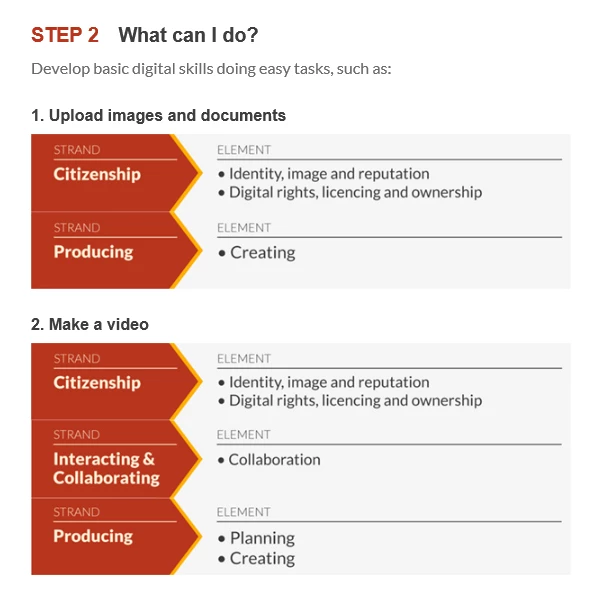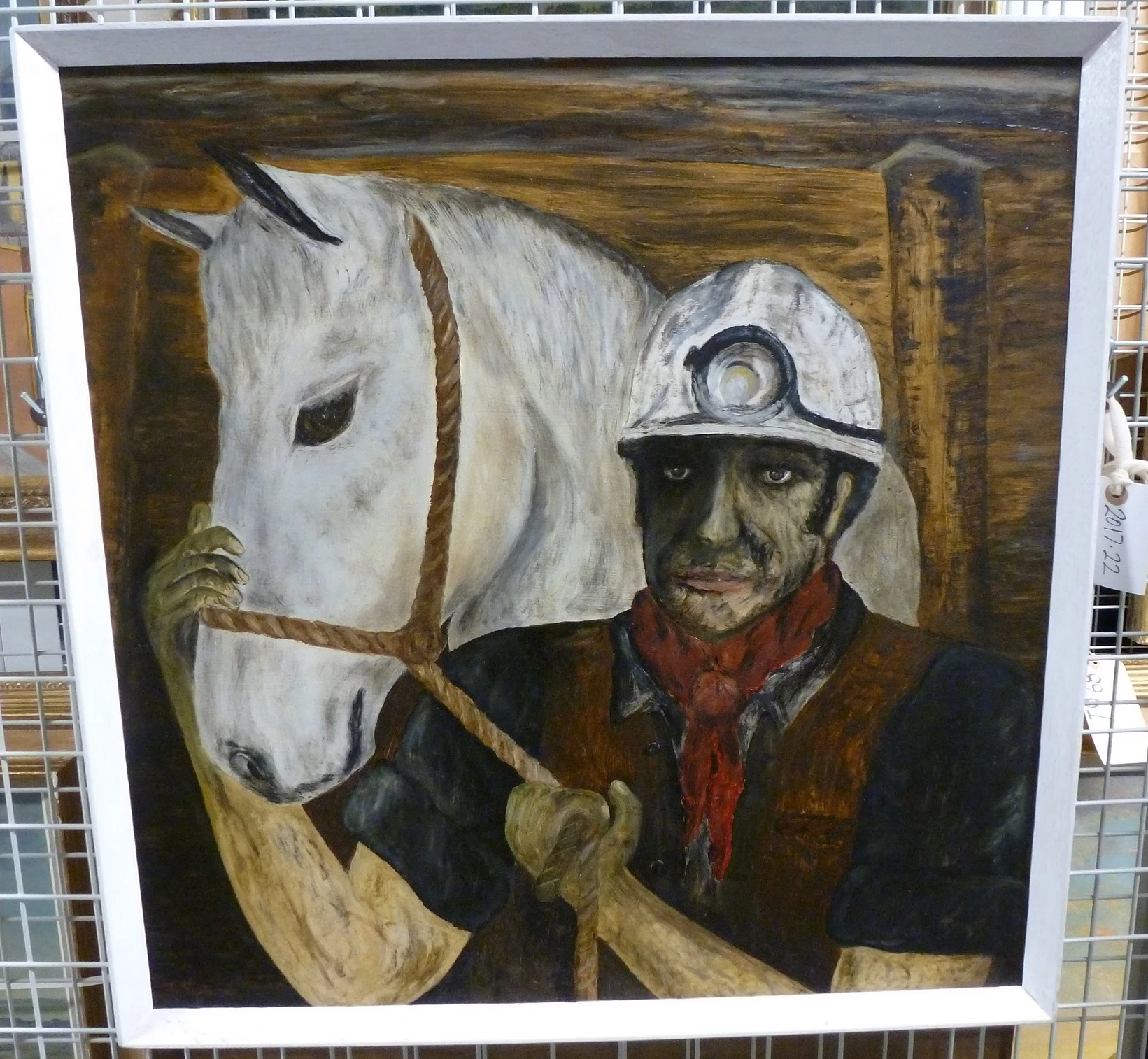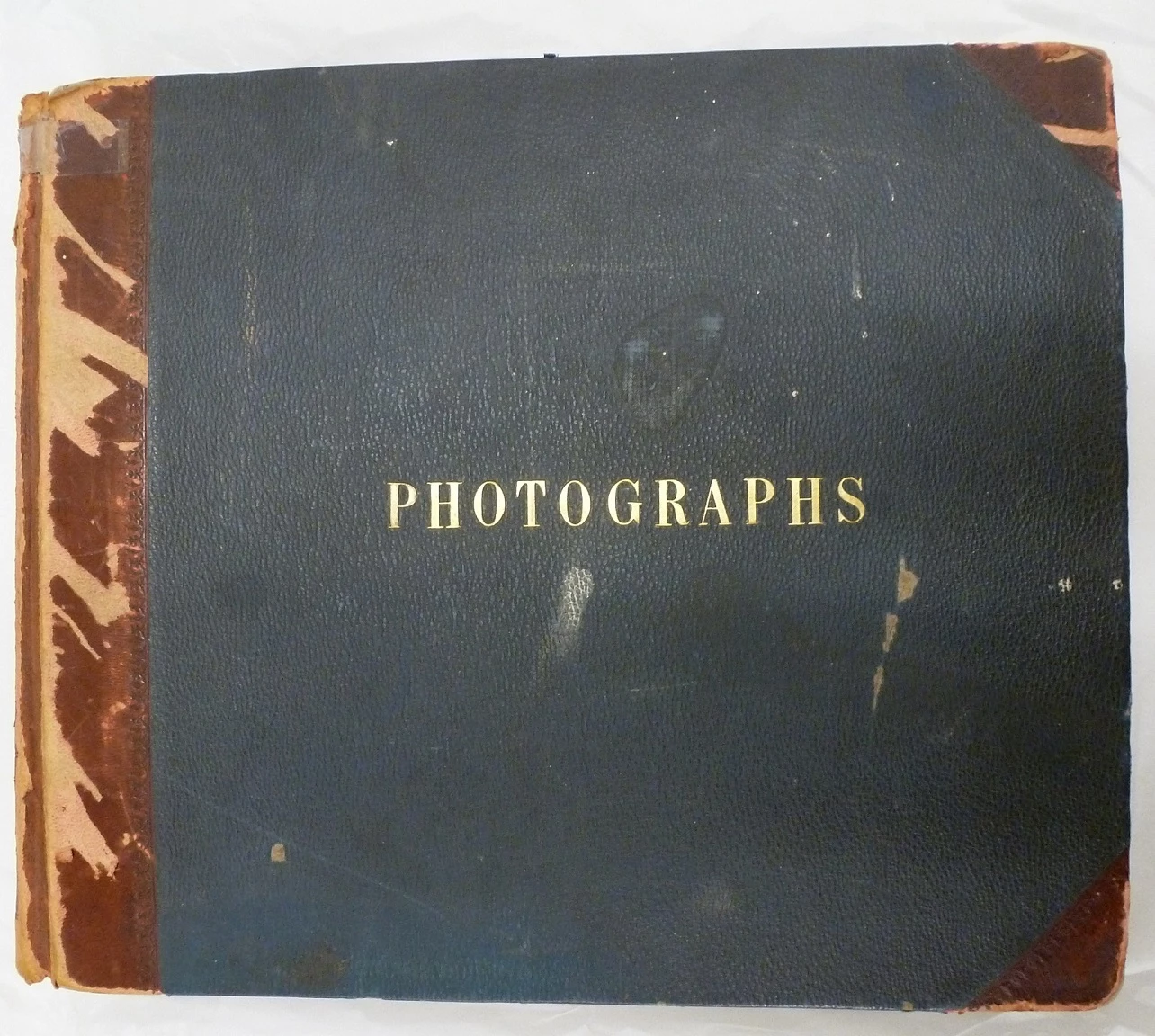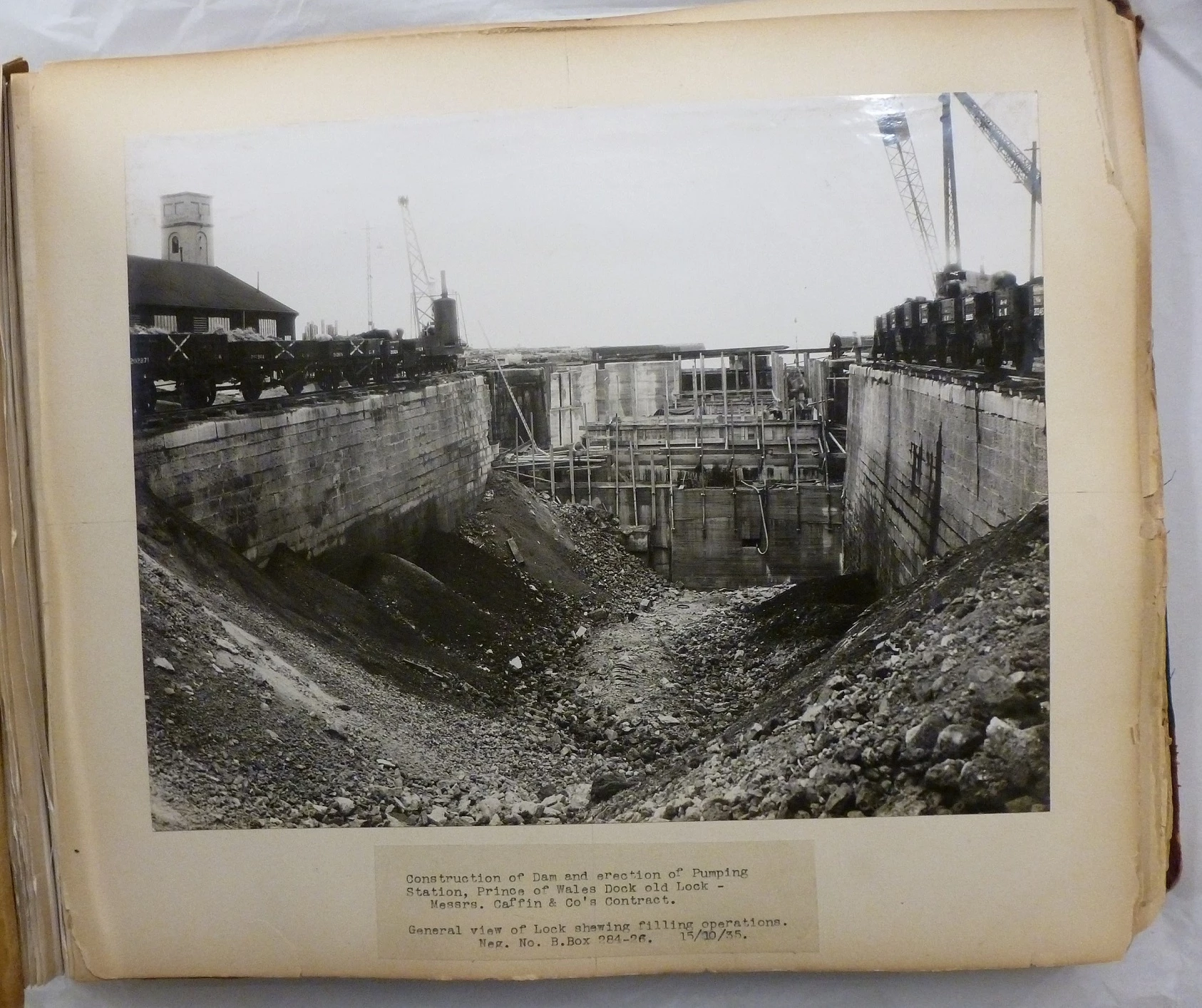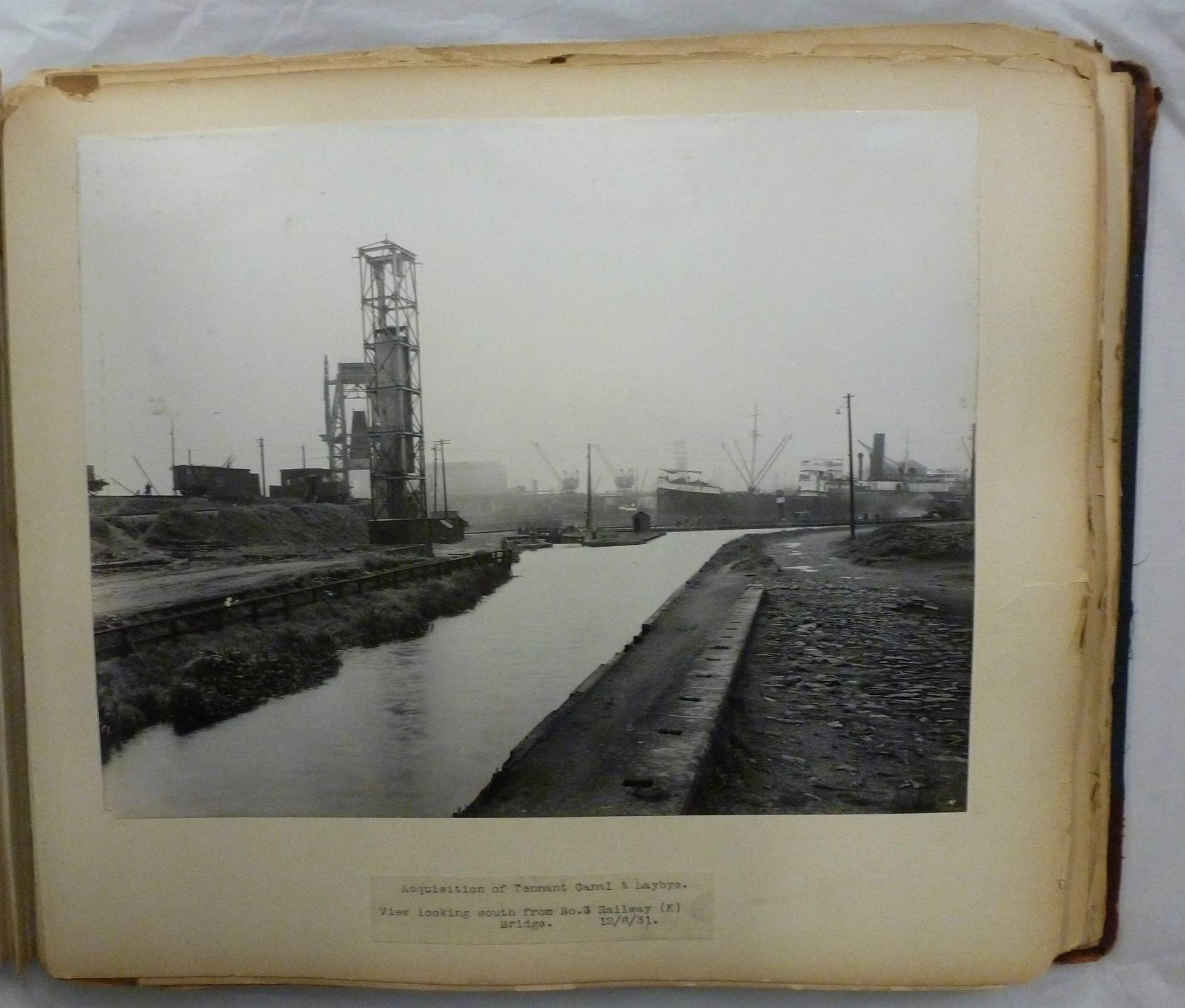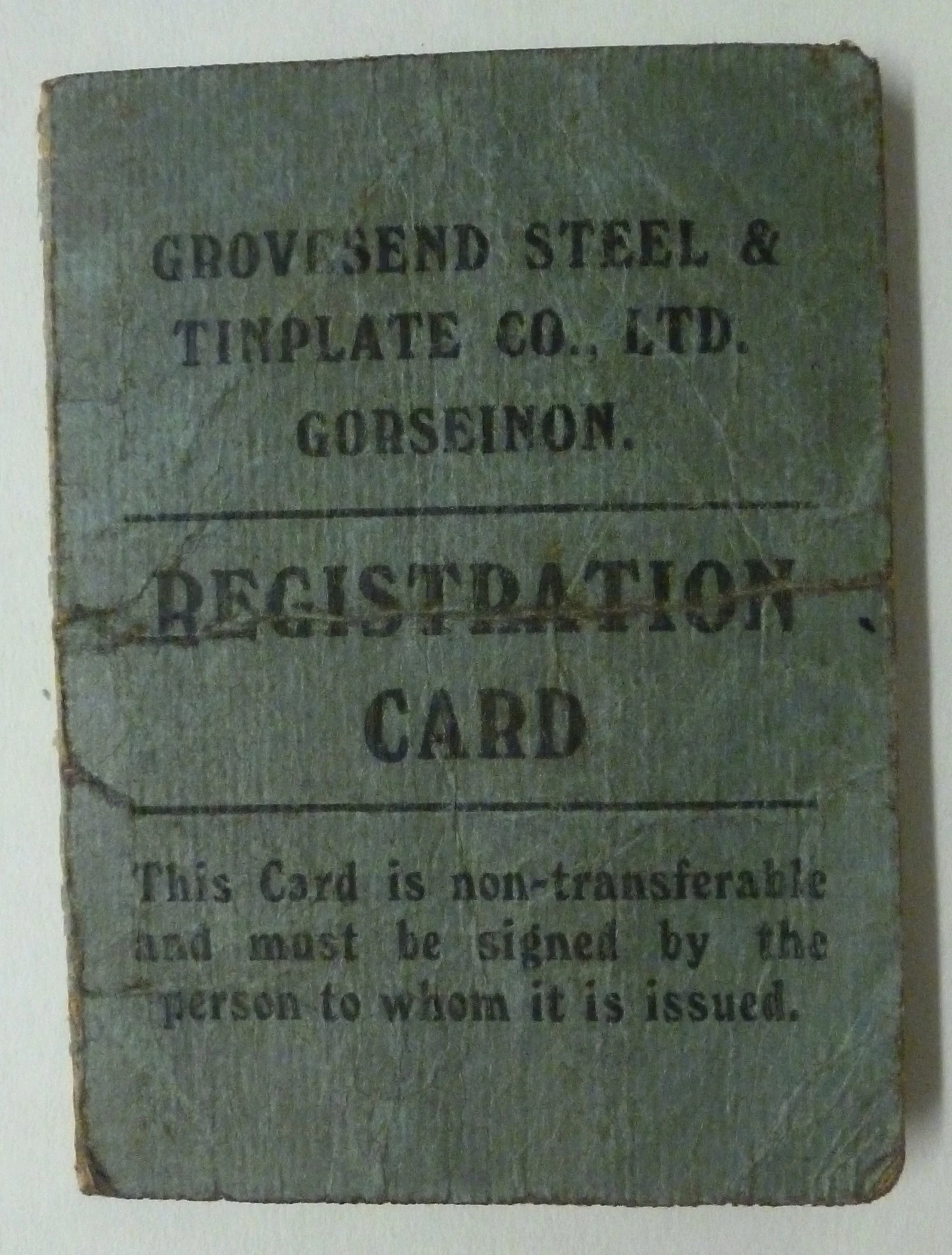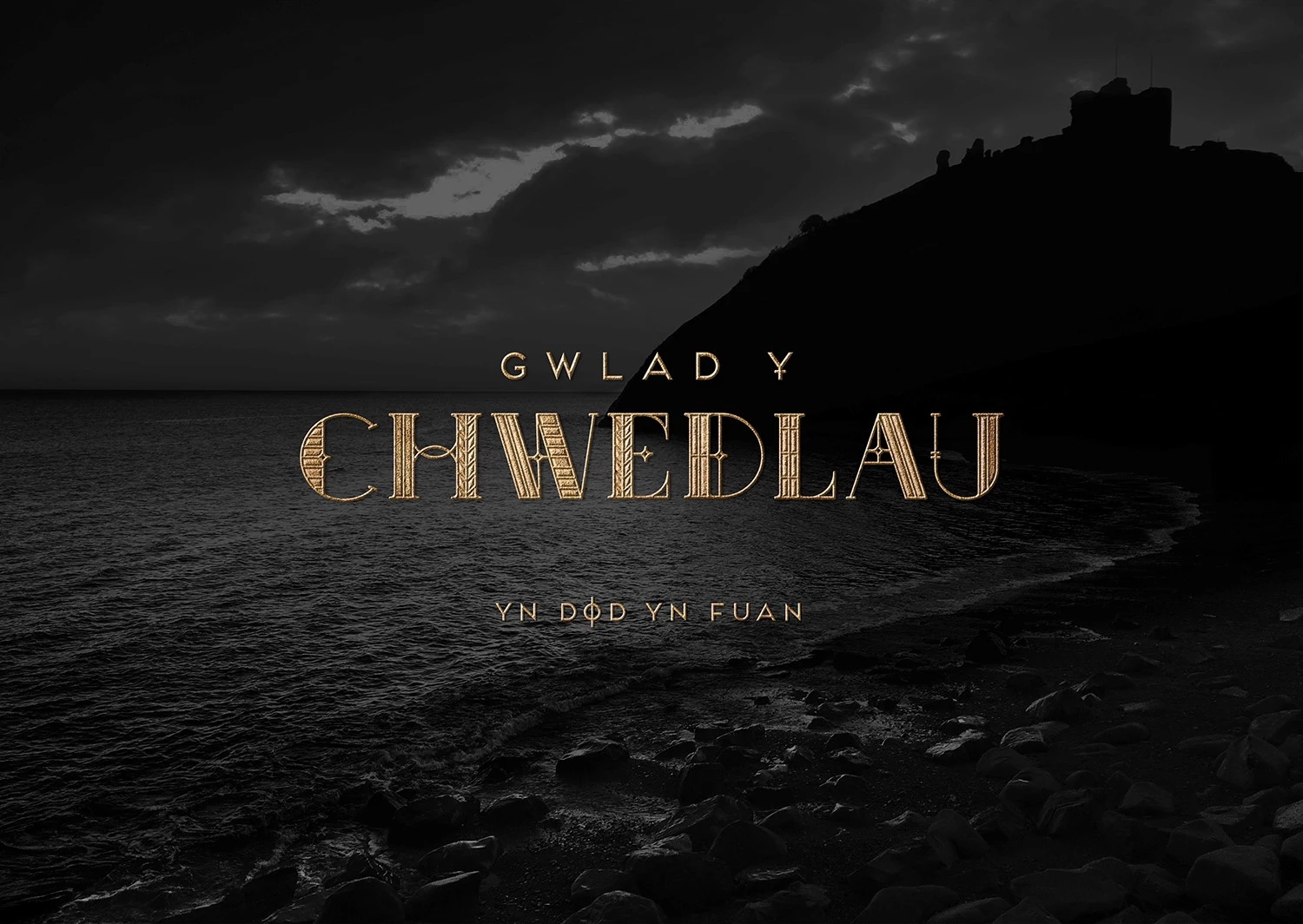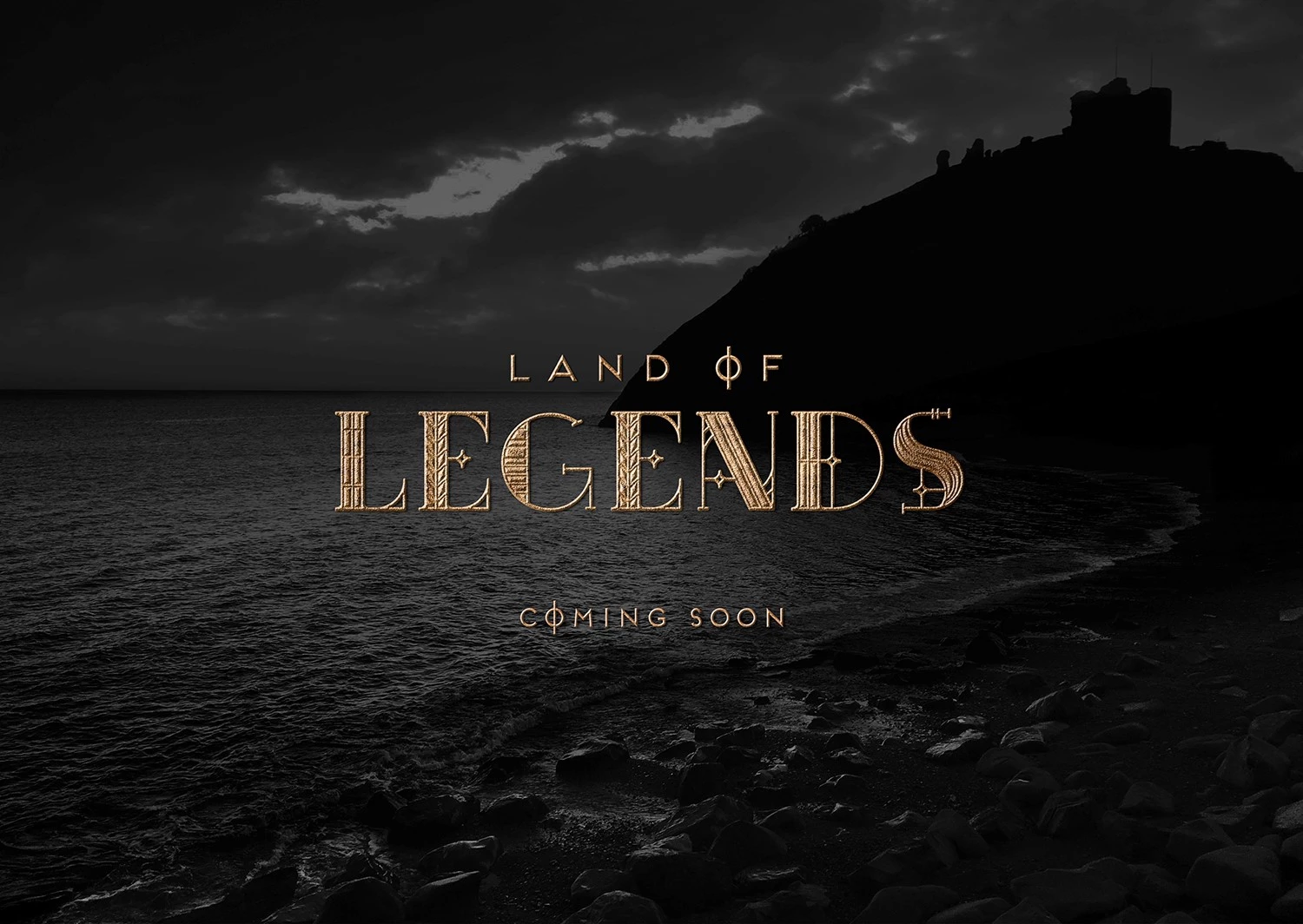New teaching resources on People’s Collection Wales
, 28 February 2017
Hi Bulb buddies,
I hope you had a lovely half term. We’ve had our first flower records in! Spring is really on the way now, with flowers in bloom! Please send in photos of your plants, your weather stations and any signs of spring!
I want to let you know about new teaching resources being launched through People’s Collection Wales. Peoples Collection Wales is a project and website funded by the Welsh Government and run in partnership between National Museum Wales, The National Library and The Royal Commission. The website is a platform for documenting the history of Wales and Welsh people. The site is a public resource, to which anyone can contribute, resulting in new items and previously unheard stories being shared for the first time.
The new Learn pages cater for teachers, providing clear guidelines on how to utilise the website to support the emerging Digital Competence Framework (DCF). There are help pages offering additional support around copyright, metadata and DCF. There are numerous ready-to-go teaching packs focussed on subjects that support the Welsh Curriculum. The extensive materials available for research enable different levels of engagement with the site, and the variety of media utilised ensures the content is varied and engaging.
Contributors to the site vary from Museums and National archives uploading their digitised collections, to individuals uploading their family histories and schools sharing projects they have produced in class.
The website itself is a fantastic resource for schools, and has been utilised to support of a variety of class projects. Here are some ideas on how your class could develop digital skills through utilising this site:
- Use the site to research topics such as local history or famous Welsh people.
- Create a profile so that your class can showcase their work by creating favourite lists and uploading items to create collections, stories and trails.
- Upload your own teaching resources or learning plans to make the material available to others.
- Explore the learn pages for innovative and engaging teaching resources that utilise the online material.
- Check in to see what other schools have produced and be inspired.
Read our guidelines for approaching the Digital Competency Framework, and how engagement in the above activities meets this criteria.
Be inventive, there are a wealth of innovative ways to embrace digital media in the classroom. Let your class take the lead and put the material available on Peoples Collection Wales through its paces. There’s so much opportunity to be creative, and we’re excited to see what you come up with!
Training and support is available, please contact a member of the team if you’d like additional support or would like to suggest a collaborative project with Amgueddfa Cymru-National Museum Wales.
Llanharan Primary, who have participated in the Spring Bulbs for Schools Project since 2014, have produced a fantastic audio trail of their local area: https://www.peoplescollection.wales/collections/384915
Keep up the good work Bulb Buddies!
Professor Plant
